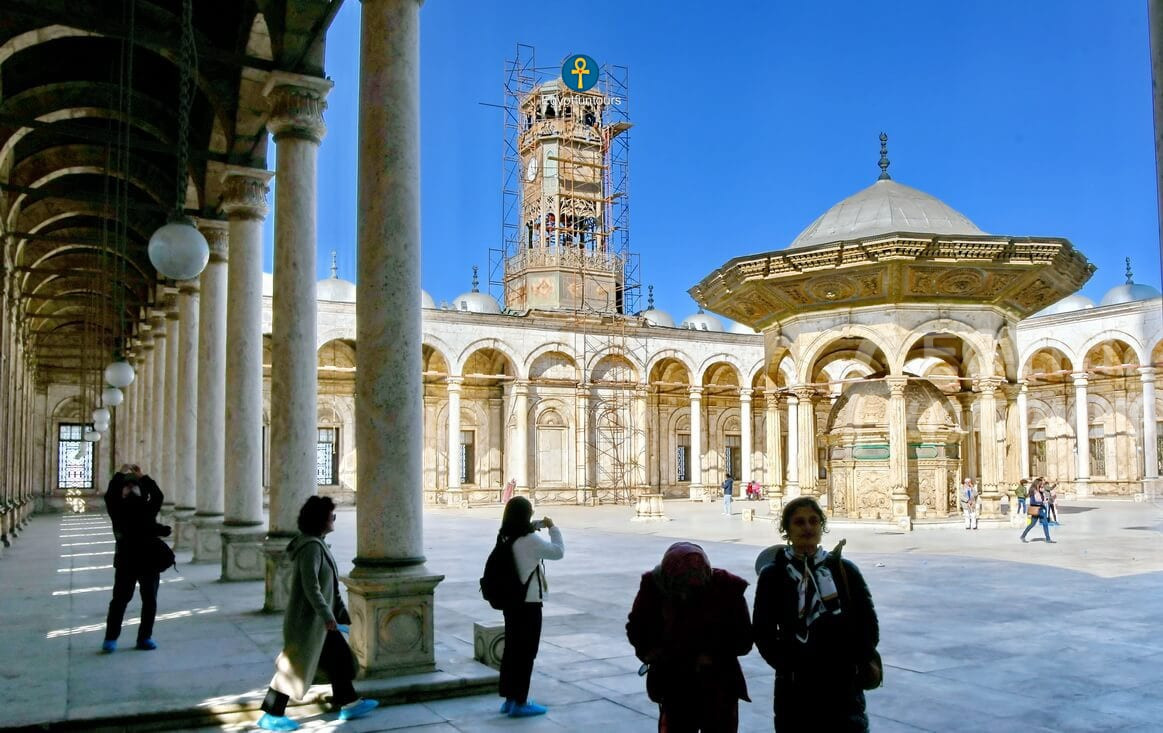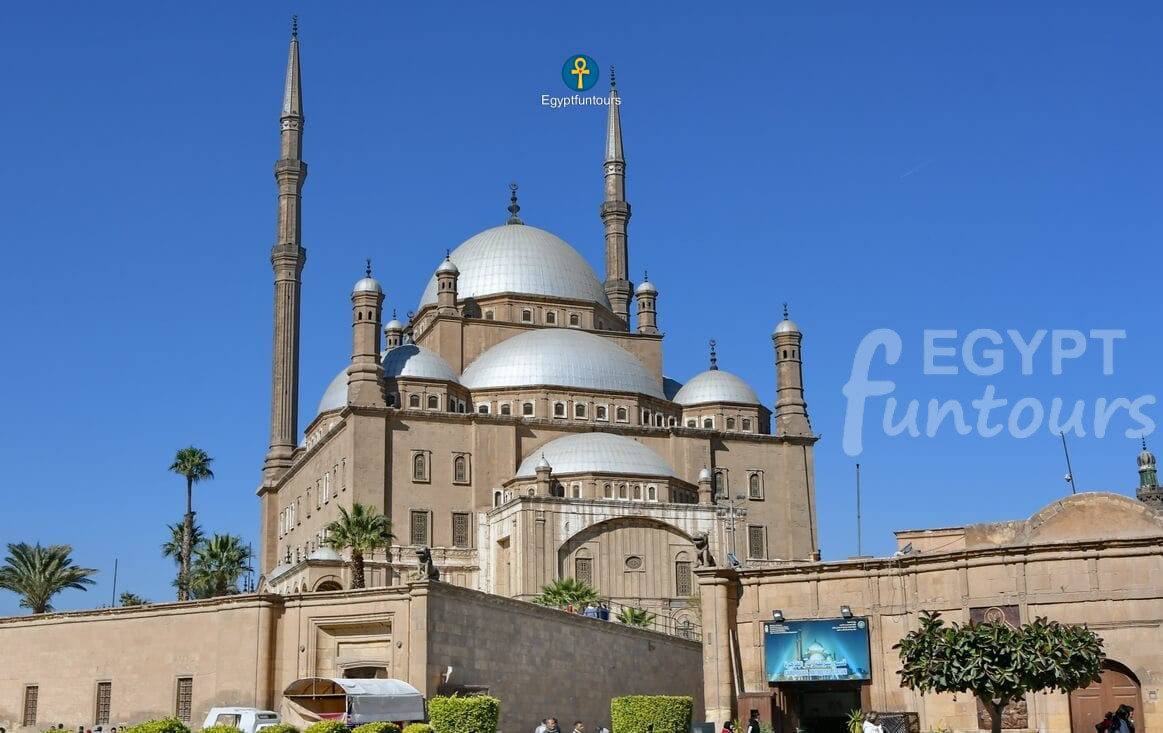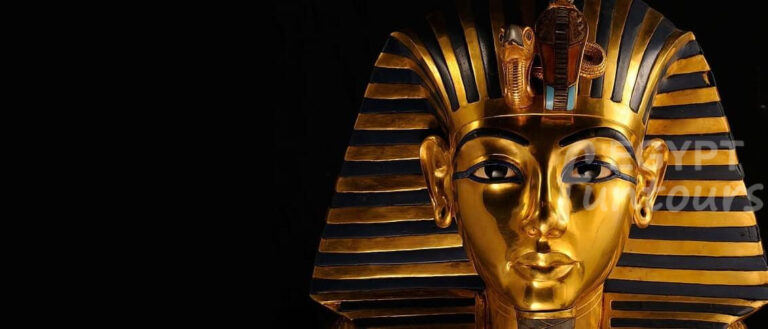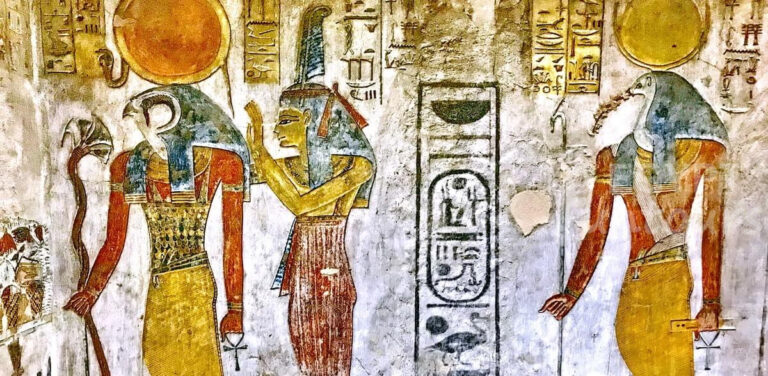Salah Ad-Din Citadel in Cairo
Salah Ad-Din founded the Salah Ad-Din Citadel in Cairo in 1168; subsequently, his nephew, King Al-Aadel, completed it. Consequently, it sits on Moqqattam, a high hill overlooking the old city of Cairo from the eastern side. Salah Ad-Din ruled Egypt for 24 years, renowned for his victory against the Crusaders in the Battle of Hattin. Furthermore, the citadel is a large fortified area, and its enclosure wall features huge rounded and square archers’ towers.
Exploring an Iconic Monument of Egypt
The Salah Ad-Din Citadel in Cairo, Egypt, stands as one of the country’s most remarkable historical monuments, deeply steeped in cultural and historical significance. This impressive fortress, also known as the Cairo Citadel, perches on a hilltop, offering commanding views of the city. With its long and storied history, Salah Ad-Din Citadel is a must-visit site for anyone interested in Egyptian history and architecture.

History of Salah Ad-Din Citadel
The Muslim warrior Salah Ad-din al-Ayyubi commissioned the Salah Ad-Din Citadel in 1176, during the Ayyubid dynasty. Builders intended it to protect Cairo from Crusaders. Thus, it served as an essential defensive monument and quickly became a symbol of Egyptian power. The citadel underwent several significant changes and renovations over the centuries. These incorporated various architectural styles, making it an impressive structure.
The Architecture of The Citadel
The Citadel boasts a unique blend of architectural styles, evolving with successive occupants. The original structure of the citadel was built during the Fatimid dynasty, and Mamluk and Ottoman era designs later influenced it. The complex features two principal gates, the Bab al-Azab and the Bab an-Nasr, leading to the upper courtyard. The Salah Ad-din Mosque, situated on a higher elevation, stands as the most significant structure in the complex and promises unforgettable views of the surrounding areas. The mosque features remarkable geometric patterns and intricate calligraphy, reflecting the Ayyubid era’s artistic and architectural styles.

Beyond the Mohamed Ali Mosque, the citadel boasts many other fascinating structures. The Military Museum is a notable attraction. It showcases Egypt’s military history. Exhibits feature ancient weapons, uniforms, and medals. The complex also houses several other buildings. For example, the Suleiman Pasha al-Faransawi Mosque displays impressive Ottoman-style architecture. Additionally, the Gawhara Palace is notable for its intricate decorations.
Visiting Salah Ad-Din Citadel
Any visitor to the Citadel is in for a treat, as the site offers a unique opportunity to experience Egypt’s rich history and culture firsthand. Indeed, the complex’s impressive architectural design and historical significance offer an unforgettable learning experience for visitors. You can start your tour of the Citadel with a visit to the Salah Ad-din Mosque, the most significant structure within the complex. Its elevated position promises breathtaking, panoramic views of Cairo.
Exploring the Citadel’s Wonders
After marveling at the mosque’s remarkable geometric patterns and intricate calligraphy, visitors can then explore the various courtyards and other structures within the fortified area. Furthermore, stroll through the Bab al-Azab and the Bab an-Nasr gates, imagining the centuries of history that unfolded within these walls. Consequently, the Citadel provides a captivating journey through different architectural eras, from its Fatimid origins to later Mamluk and Ottoman influences. Truly, a visit to Salah Ad-Din Citadel offers a deep dive into Egypt’s powerful past.

























